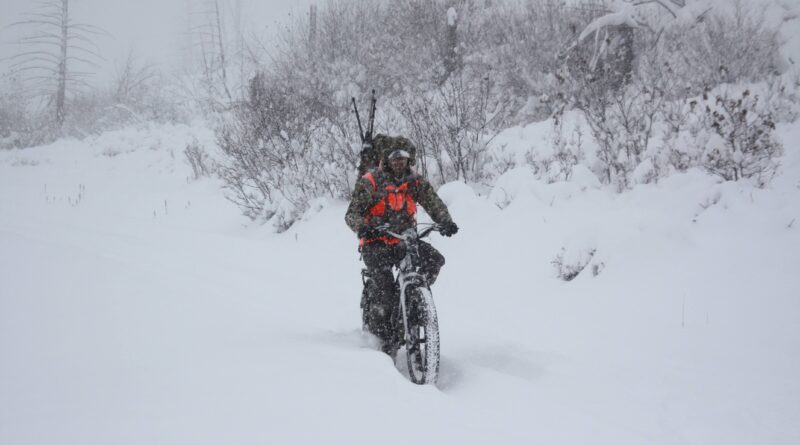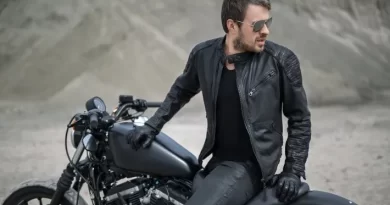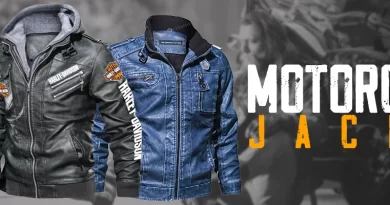Motorcycle Winter Storage: 10 Tips to Prepare Your Motorcycle This Winter
You have my deepest sympathies if you are one of the unlucky people who spend several months of the year cooped up indoors because of the weather and thus unable to ride your motorcycle. Like you, I have to rely on four-wheel drive vehicles for roughly half the year because of the extreme cold and icy roads where I reside.
When I’m on my game, I take a few hours to go through this checklist and get my motorcycles ready for the long winter.
Not putting your motorcycle away for the winter is a serious mistake. A bike is an investment, therefore taking care of it when you can’t ride it much is important.
The duration of your motorcycle’s storage and the severity of the winter will determine the specifics of some of these measures. If you want to keep your motorbike outside over the winter, you’ll need to take some extra measures to protect it.
You should find a place that is dry and out of the weather to keep your motorcycle in the off-season if you don’t have a place to do so at home. In this article, we’ll cover the fundamentals of preparing a motorbike for the winter months.
You can get your motorbike ready for the spring riding season without any hiccups if you follow these winter storage instructions. You can just get on your bike once you take it out of storage, give it a quick once-over, check the tire pressures, and hit the road. The guidelines are designed to facilitate a smooth process.
1. Motorcycle cleaning
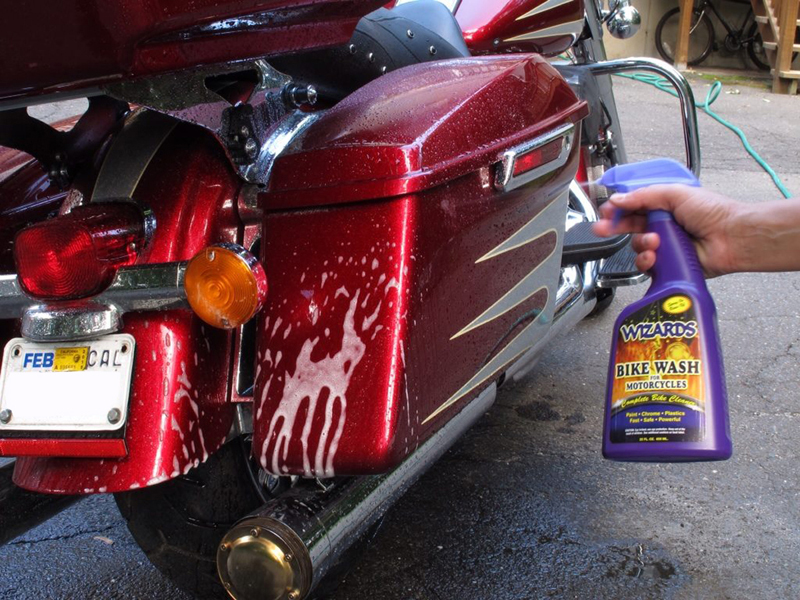
Shop your Bike Cleaning here: Revzilla
Corrosion is the result of a long-term gathering of grime, moisture, and temperature swings. Cleaning and buffing your motorcycle before storing it is the best method to avoid this. It has to be detailed right now.
If you’re in luck and the weather is still mild, you can wash the bike with a hose, a bucket, and some soapy water.
You can still find effective spray and wipe cleaning products to use in the garage, even if you missed the boat and put the hose away for the winter. Use WD-40 on a rag to clean the metal components (excluding the braking components), then wax all of the plastic and painted surfaces. While some like to remove the wax in the spring, others choose to leave it on during the winter. This will leave a good coating of wax on your paint, protecting it from the harsh winter weather.
2. Take care to grease all moving components.
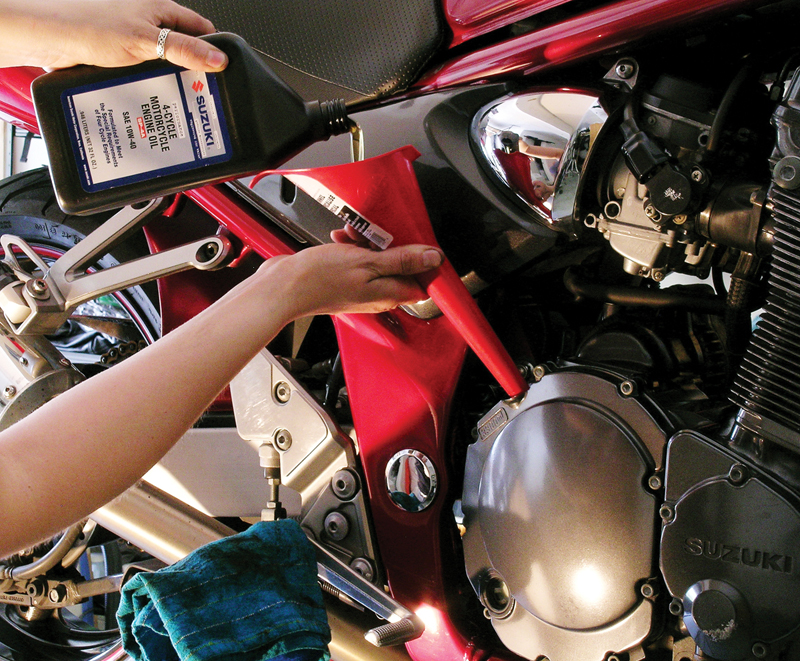
Shop motorcycle oil here: Revzilla
For longer-term storage, an oil coating on the bike’s internals is recommended to keep moisture at bay.
To accomplish this, one method is to take out the spark plugs and pour roughly a tablespoon of oil into each of the openings. Spin the back tire while the bike is in gear to turn over the engine and coat the cylinder walls. After that, you must remember to replace the spark plugs.
Before putting a bike away, make sure to oil all of the moving parts. Make that the chain, cables, and controls have been recently oiled to withstand the dry air of winter.
3. fill up the gas tank to the top and add a fuel stabilizer

Shop your motorcycle fuel stabilizer here: Revzilla
Fill up at the gas station most conveniently located to your warehouse. When the tank is almost empty, add a little extra gas. When the tank is full, condensation on the inside walls is minimized.
Fill the tank, add a gasoline stabilizer, and ride the motorbike the short distance to its storage location. The gasoline stabilizer won’t have time to properly mix into the fuel system if you put it at the storage place.
When storing a motorbike for an extended period of time, it is also a good idea to empty the gasoline tank. It’s recommended to use a fogging oil to line the tank before doing this, since it will keep the tank from rusting. If you’re going to be putting your motorbike into storage for at least six months, you should use this procedure.
4. Don’t forget to flush the carbs
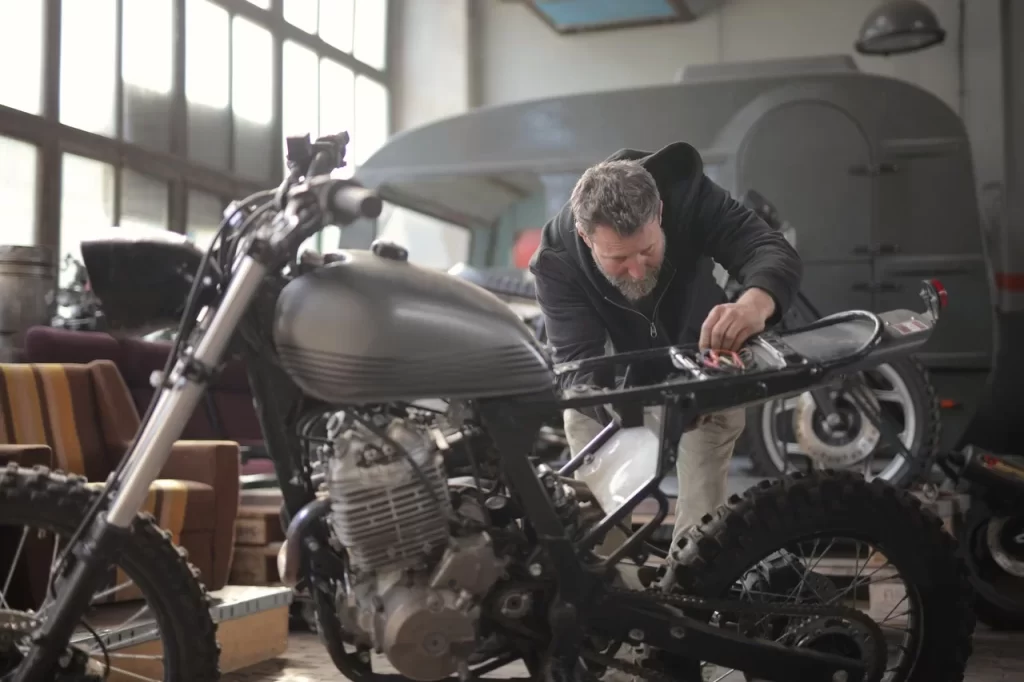
Moving on to the following stage is unnecessary if your motorbike has a fuel injection system. However, if your motorbike has carburetors, you must empty the fuel from the carbs so that the jets and needles do not become clogged. Turning the gasoline delivery valve (petcock) to the off position and letting the motorcycle run until it runs out of gas is a simple way to run them dry.
The Suzuki Bandit I ride doesn’t have an off position on the fuel-supply valve, so I have to manually drain the fuel from the carbs.
To physically empty each carb float bowl, you’ll need a little plastic tube, jar, and screwdriver. The fuel can be collected in a jar by connecting a tube to the drain nipple located at the base of the carburetor. The drain screw must be turned until it opens. After the fuel has drained, tighten the screw again, but be cautious not to overtighten. This screw is incredibly pliable and may easily be stripped. The process should be repeated for each carbohydrate.
5. Preparation of the Exhaust pipe

If you need a new exhaust pipe, shop here: Revzilla
After cleaning the exhaust, I spray a tiny quantity of WD-40 into the ends of the pipes, being careful that none of the fluid escapes. To further prevent rust from forming on the inner exhaust/engine, the “WD” stands for “Water Displacement.”
After this is done. A plastic bag, such as a shopping bag, is what I use to stuff inside the pipe and then secure with a rubber band at the very end. This prevents rodents from entering the exhaust system, a common nesting spot during the colder months.
6. Pump up the tires
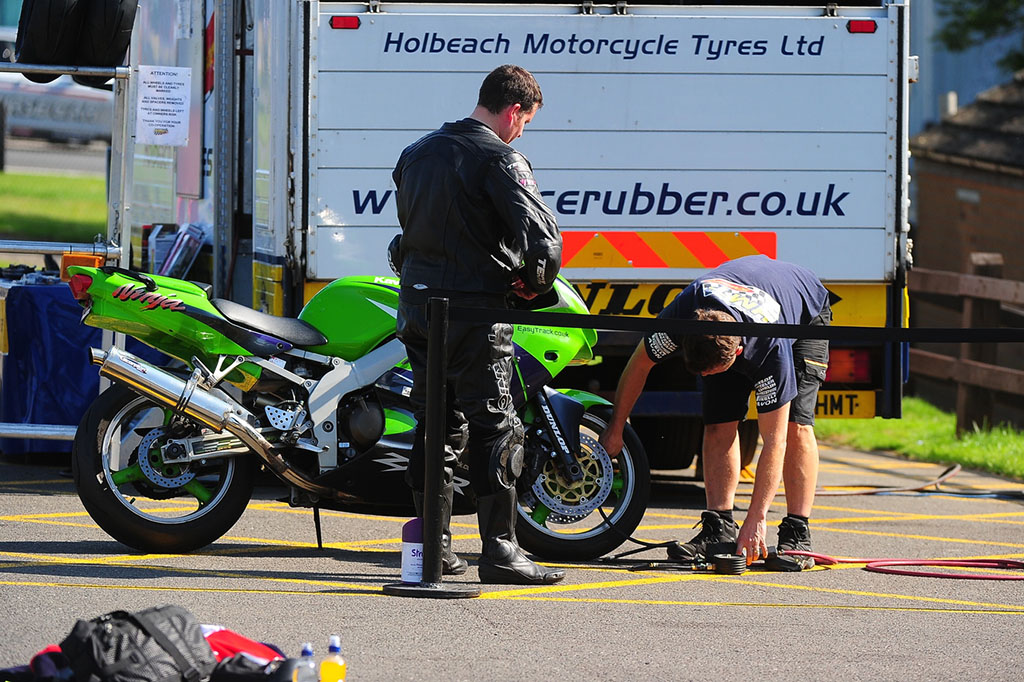
Read more about our motorcycle tires pressure gauge guide
Tires can get flat patches if your motorcycle sits in one place for a long time. Keeping the tires up off the ground is the most effective method of protection against this. If doing so is possible, tire pressure should be lowered by 20%.
If you can’t lift your bike, make sure your tires are inflated to the maximum pressure. The pressure should be checked once a month while in storage.
The front tire of my Suzuki Bandit remains on the pavement, despite the fact that the centerstand effectively raises the rear wheel. I lower the air in the back and pump it up in the front tires.
Avoid such flat places by frequently moving your bike if you don’t lift it.
7. Power up the battery
Leaving your bike without charging the battery will eventually drain the power and necessitates replacing it in the spring. The finest purchase you can make for your bike’s battery is a quality 12V trickle charger.
There are 8 things you need to do to get your motorbike ready for the winter.
A motorcycle’s battery should be brought inside if it must be stored in a location far from an available power outlet. This Pulse Tech Extreme Charge device is an example of a high-quality trickle charger that does continual testing of the battery and supplies just the proper amount of charge to keep it sustained while in storage.
Like I did with this SV650’s battery, you can simply plug in your trickle charger by connecting the lead that came with it. The battery is safe to leave in place.
In my BMW S 1000 XR, the power comes through a can-bus system. For safety’s sake, I went out and got an Optimate battery charger designed specifically for this bike. Before inserting a charger into your bike, consult the owner’s handbook to ensure it is compatible with the electrical setup.
Keep away from battery chargers that cost less than $10. Unfortunately, most of them don’t float charge batteries and instead deliver a continuous charge regardless of the battery’s state of charge, which can actually shorten its lifespan.
There is a common misconception that riding your bike once every few weeks throughout the winter will keep the battery charged. As unbelievable as it seems, this is far worse for your motorcycle. If you leave your motorbike running while it’s chilly outside, the oil that you carefully applied to the cylinders and pistons will be stripped away. When you burn fuel, air is released into the tank (recall the section on corrosion).
In case you get the chance to ride the bike, do do! (Be cautious of sand and ice, make sure your tires are properly inflated, and perform any other necessary pre-ride inspections.) However, keep in mind that no matter how long you let the motorbike idle, it will not reach operational temperature. If you decide to go for a ride nevertheless, you’ll have to repeat the entire process of winterizing your vehicle.
8. Don’t forget motorcycle covers

Read our best selections for motorcycle covers
Wrapping your bike with a cover is the final step before putting it away. I’ve made do with anything from discarded bed linens to canvas dropcloths to moving blankets. A well-fitting motorbike cover, however, is the best defense.
A motorcycle cover should be tailored to your specific bike to provide a snug fit and complete wheel coverage. I’ve owned a few different motorcycles, but this one from Nelson Rigg has worked with all of them.
Although I have two bicycles that have been properly prepared for the winter (a cover, an electrical outlet, and a battery), I am not yet prepared to store them away. If I can get in a few more rides before the snow starts falling, I’m going to leave my XR out in the open (but still plugged in).
9. Choose a Well-Ventilated Area to store your bike
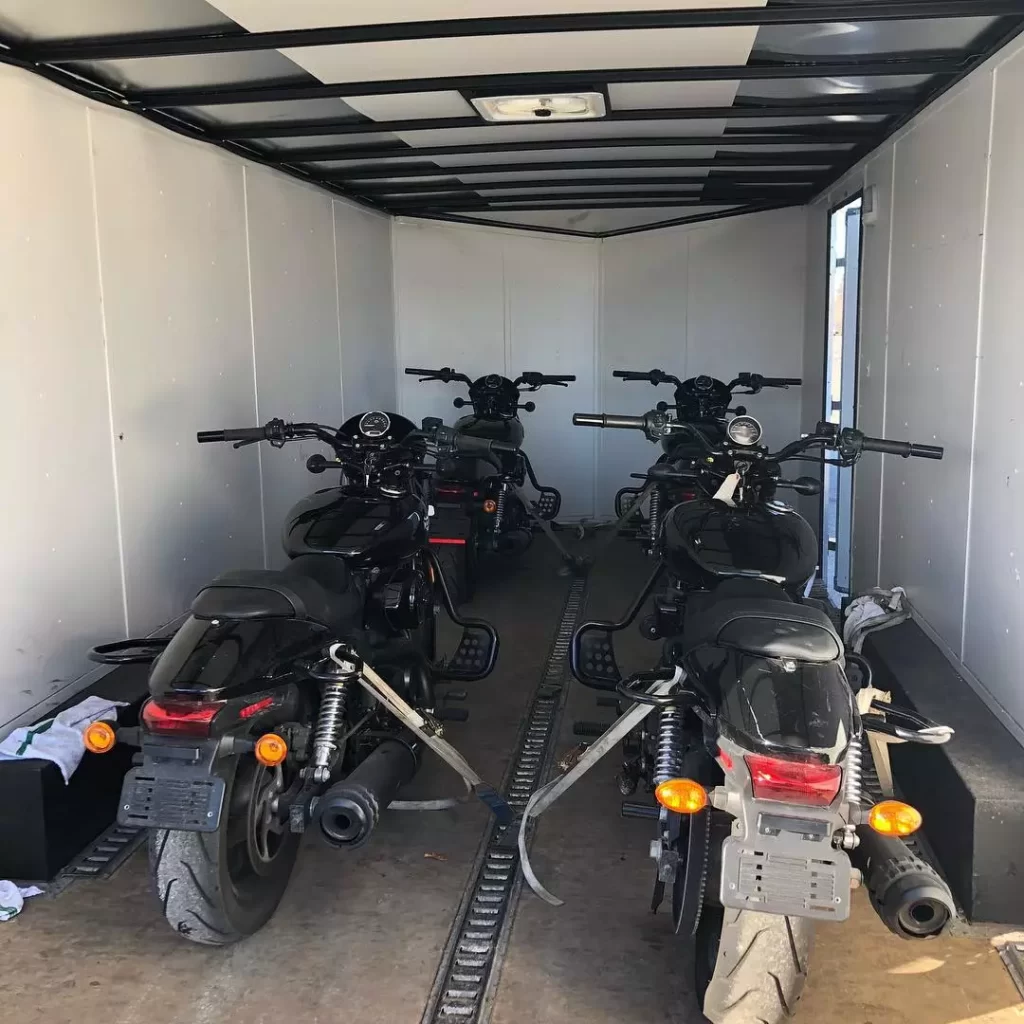
In a perfect world, you’d be somewhere indoors with good air circulation. This prevents condensation on the interior of the lid by allowing air to flow through. Make sure there are no uncovered chemicals or fertilizers anywhere around the bike. These substances can accelerate corrosion if they are present.
10. Motorcycle thieves don’t take the season off just because it’s cold outside.
While motorcycle thefts are more common in the summer, that doesn’t imply criminals take the season off. There are still 25% of motorbike thefts every year, and those occur in the four slowest months of the year (per the latest statistics published by NICB). If you consider the fact that some cyclists may not report a stolen bike until the following spring because they stored it away from home, the actual number of stolen bikes might be far greater. Don’t go through the trouble of adequately winterizing your bike and then letting someone else use it. When riding season returns, you may take your bike out of storage without any hassle.
